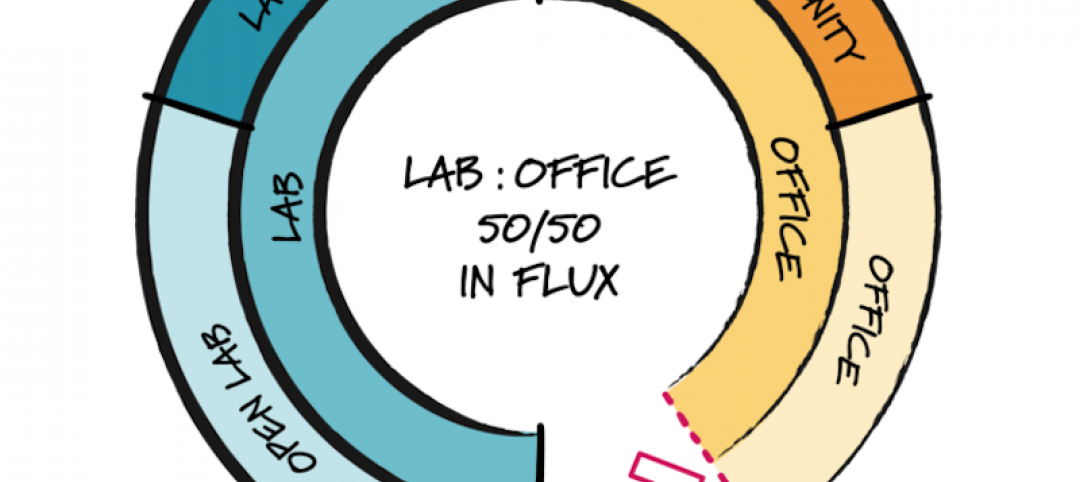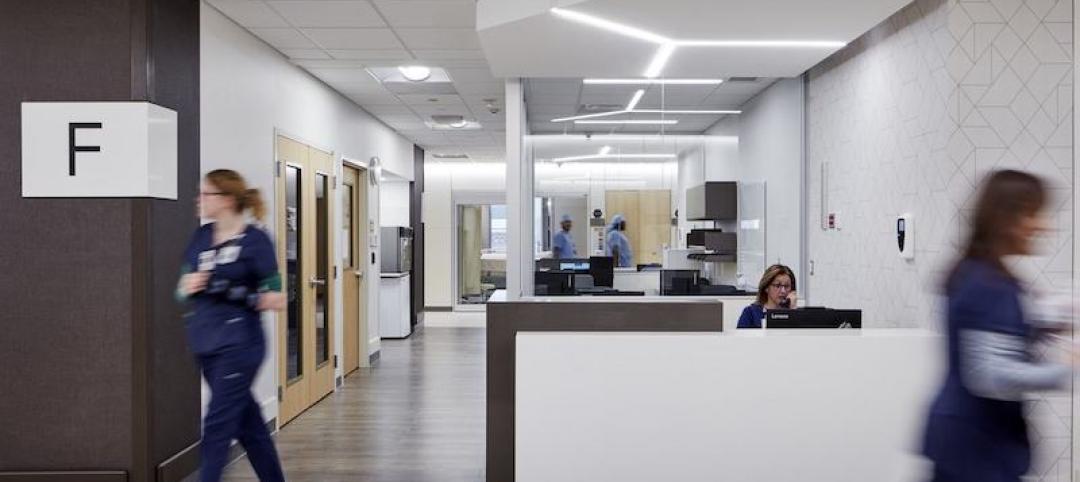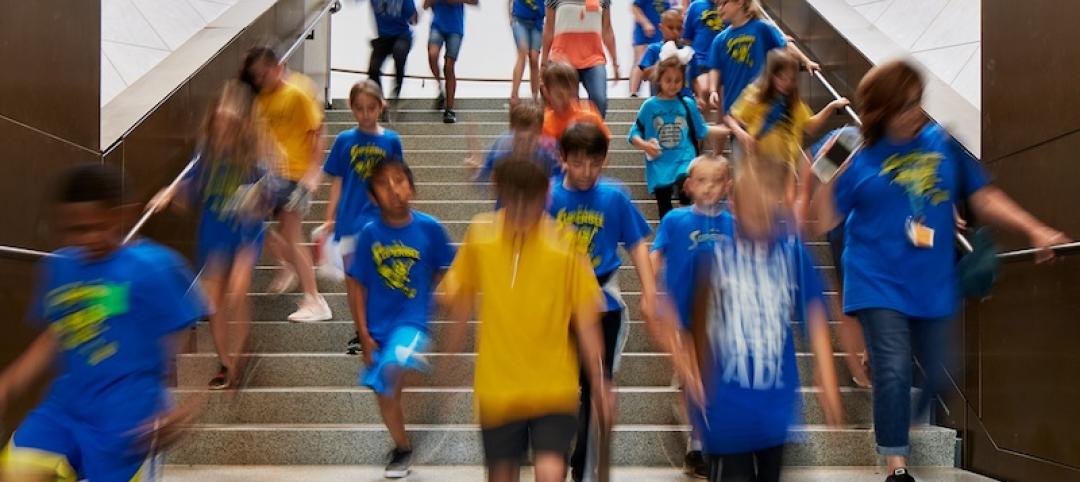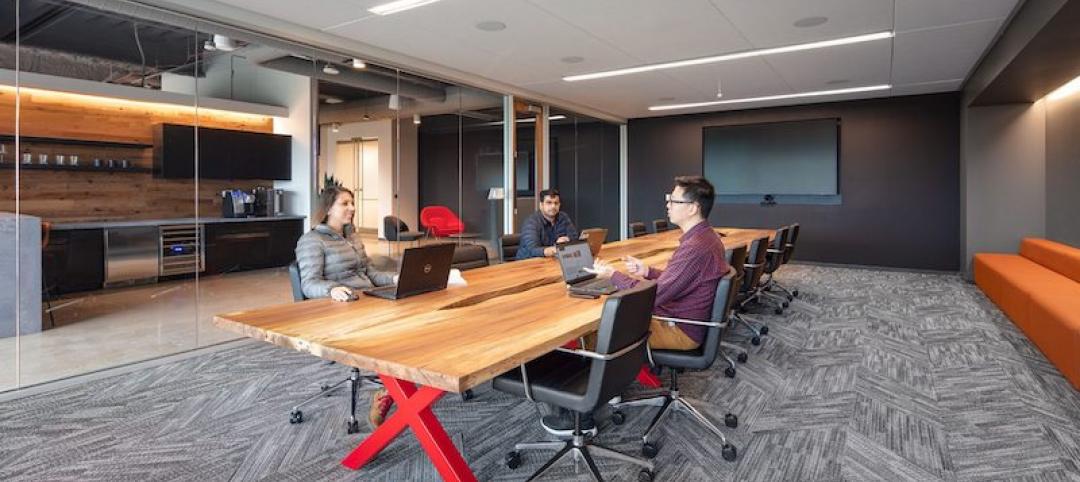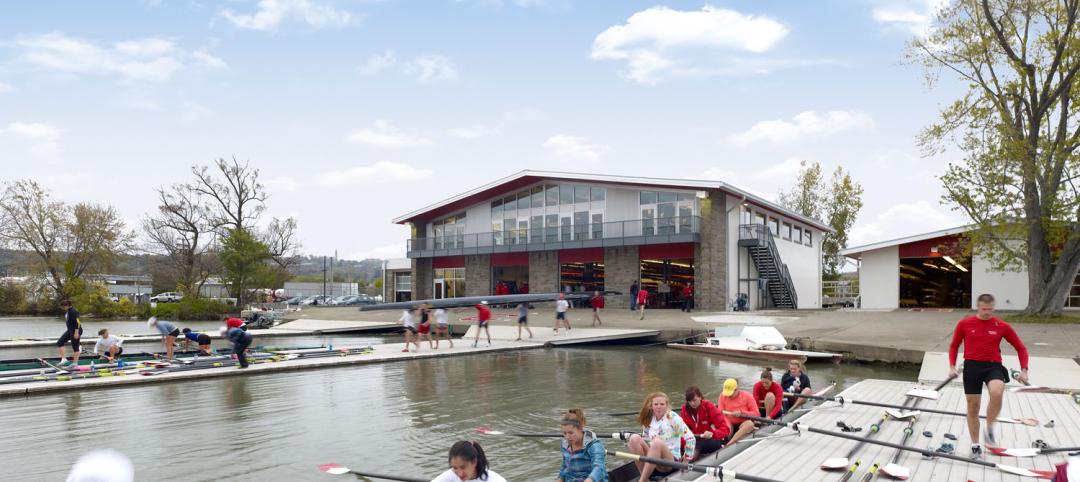There’s a great deal of uncertainty over the spread of the novel Coronavirus and our response to COVID-19 infection. The response of social distancing has been rapid, and is causing disruptions to workplace, education, and entertainment. Offices in areas of exposure are shifting to remote work, college campuses are shifting to online courses, and entertainment events are being canceled or altered to limit the numbers gathered in a common space. As we all seek to understand how this will impact our near-term experiences, we expect to see a shift in how technology will support our daily lives, possibly long-term as well.
Health experts say social distancing is important because it can slow the virus’ spread, providing a chance to keep the caseload at a more manageable level for care providers. But when it comes to the use of technology, there will be no “flattening of the curve” as we expect current trends toward remote collaboration and distance learning to accelerate, increasing network loads. The Internet is already demonstrating its indispensable value as the fourth utility. Companies like Zoom, Microsoft, and Slack are opening up their paid collaboration platforms for free to students, businesses, and individuals. Internet Service Providers are offering free service to low income households.
However, this presents strains to online infrastructure as the number of simultaneous online collaborations increases dramatically. Service companies, businesses, and individuals must be prepared for continued strain on private and public networks. The service providers must ensure their systems have the capacity and bandwidth to accommodate a large influx of users.
Likewise, businesses must evaluate their infrastructure and policies to ensure they can support remote participation, both technically and socially. Companies may need to consider executing portions of their emergency preparedness and disaster recovery plans. And managers will find new metrics for accountability. Hopefully they’ll better align with actual output and productivity than 40 hours at a desk. Our Technology design team is considering implementing a task-based Scrum methodology to give some transparency across our multi-office team members.
We need to be empathetic to the impact on workers and students who will be forced to work and learn differently while continuing to meet social needs despite physical separation. At the time of publication, mandated quarantine and isolations are limited to specific regions where the concentration of COVID-19 cases are the highest. But already, a trend is emerging in higher education to shift to online courses for the remainder of the school year. Schools moving to online learning already number near the thousands, and the list is expected to grow.
As consumers of online technologies, what can we expect in the coming days and weeks? Before the Coronavirus, online video for streaming and collaboration accounted for about 70 percent of all peak internet traffic. That number is expected to rise as a result of our response to the virus. Video is one of the most bandwidth-intensive activities we engage in online. That means despite service providers attempts to ensure availability, consumers should be prepared for service outages and increased customer support wait times. Best practices must include a backup plan if your primary online meeting and collaboration solution is unavailable. Websites such as Down Detector, Down for Everyone or Just Me?, and API-based status trackers like Zoom status will help end-users troubleshoot connectivity issues by identifying widespread outages with websites or services.
Remember that patience is a virtue. In the immortal words of Douglas Adams, “Don’t panic!” And as always, be sure to consult your company or school’s IT department for guidance of how to stay safe online while working from home. One helpful tip for simulating the in-person experience is to turn on your laptop or phone camera. This will be helpful for signaling non-verbal body language which is critical for communication and will also help demonstrate our attentiveness and make us feel less isolated.
We hope to be back to normal soon, but we anticipate this experience will result in a “new normal.” Moving forward, expect a cultural shift as we recognize that more of our meetings and classes could be covered over email and Instant Messenger and some of our travel could be replaced by web meetings. In the meantime, let’s stay positive. Necessity is the mother of invention as the saying goes. We anticipate that there will be new tools developed to help us adapt to remote work and education at-scale, and we anticipate new technologies will help providers, higher education organizations, and companies become more elastic at rapidly scaling their infrastructure up and down. These developments will have a lasting effect long after the coronavirus has been contained. And we can expect to grow as individuals. We will learn how resilient we truly are, and we’ll inspire ourselves as we learn that we’re capable of exceeding even our own expectations.
More from Author
HGA Insights Blog | Apr 8, 2021
Designing lab workspaces in the time of COVID
There are two converging trends that will shape this ratio of lab-to-office in 2021.
HGA Insights Blog | Feb 8, 2021
Prioritizing staff wellbeing: A call to action
Recent studies reveal that more than 50 percent of physicians and one-third of nurses experience burnout, HGA researchers have the details—and the evidence-based design interventions.
HGA Insights Blog | Oct 22, 2020
Envisioning libraries as community hubs
In the following, HGA Vice President and Senior Designer Jane Dedering discusses her passion for libraries, community engagement, and how the current pandemic will influence libraries moving forward.
HGA Insights Blog | Aug 6, 2020
Museums emerging from the pandemic: Hands-on learning
HGA Arts & Culture experts weigh in on the future of museums in this ongoing series, Museums Emerging from the Pandemic.
HGA Insights Blog | Jun 17, 2020
Guiding changes in the workplace: Past, present, and future
Since the COVID-19 pandemic, many companies are managing sudden change as they assess the impact on workplace design and how people use spaces.
HGA Insights Blog | Mar 9, 2020
Designing campus buildings through an equity lens
As colleges become more diverse, campus conversation is focusing on how to create equitable environments that welcome all voices.


